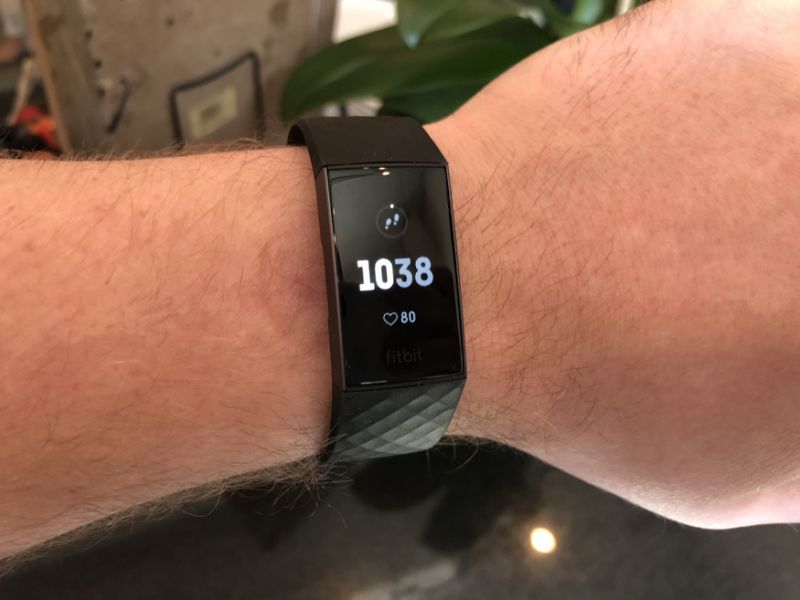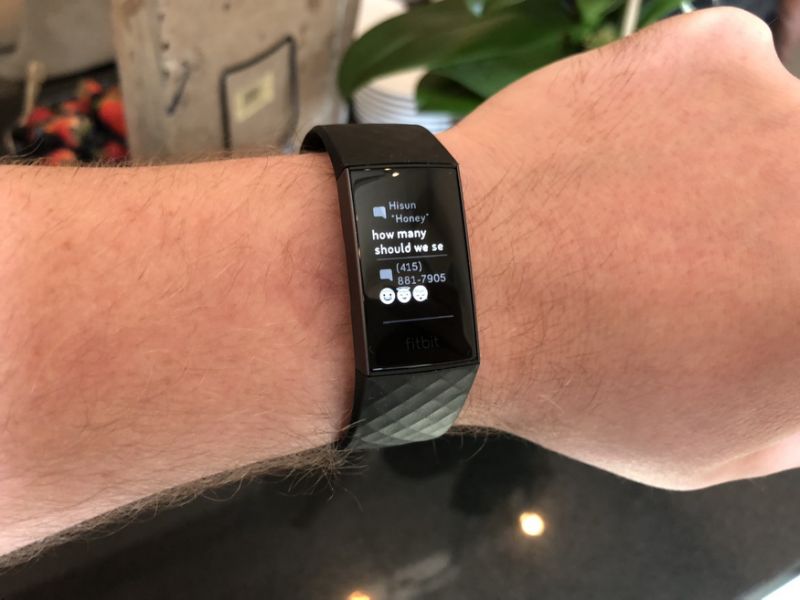Fitbit (FIT) debuted its new Charge 3 tracker on Monday. The wearable, which is available for pre-order today and goes on sale in October, is priced at $149 for the basic version and $169 for the special edition, which includes an NFC chip for mobile payments.
The 3 hews closer to a smartwatch than any tracker the company has previously offered, including swim tracking, smart responses (for Android phones only), onboard apps and an improved on-screen dashboard that makes it easier to navigate between various functions, such as calorie tracking, steps taken and weather.


The Charge 3 looks similar to its predecessor, the Charge 2, with an updated design. There’s a new band and a slightly rounded backing to make it more comfortable, as well as a new inductive button on its side rather than an actual physical button. Since the inductive button doesn’t have any moving parts, the Charge 3 can be used for swim tracking down to 50 meters.


I was able to use a pre-production version of the Charge 3, and the software layout that allows you to swipe across different features felt smooth. The display was also more responsive and brighter than the Charge 2.
According to IDC, the fitness tracker market is expected to remain relatively unchanged in the coming years, though the smartwatch market is on track to grow. With that in mind, the company decided to build the Charge 3 as a kind of hybrid device, adding some smartwatch functionality, such as app notifications from your smartphone, in a simpler design.
More importantly, Fitbit says the Charge 3 will last up to seven days on a single charge. That’s better than the Charge 2, as well as nearly every smartwatch on the market.
Times are changing
The Charge 3 comes at an important time for Fitbit. The company recently released its Q2 2018 earnings, which beat analysts’ expectations thanks to narrower than expected revenue decline. Analysts were anticipating a 20% year-over-year decline, but the fitness tracker maker managed a 15% decline.


Fitbit is in a kind of transitional period. It recognizes that consumers’ interest in smartwatches will grow faster than fitness trackers, however, it doesn’t want to leave behind the trackers that made it a household name and synonymous with fitness trackers in general.
But with its stock falling from its high of roughly $47.50 shortly after its IPO in 2015 to the single digits today, the company is working to diversify its offerings. To that end, it’s begun working with health insurance companies and large organizations to provide employees with trackers to help bring down the cost of healthcare per employee.
It’s also working on a sleep tracking program that could help people identify the reasons they aren’t getting a good night’s sleep. That program could also suggest that they see a doctor for issues that could be related to sleep apnea. The program, which is still in beta, could eventually be available to all users if it proves useful.
Stay tuned for my review of the Fitbit Charge 3 in the coming months.
More from Dan:
Email Daniel Howley at dhowley@oath.com; follow him on Twitter at @DanielHowley. Follow Yahoo Finance on Facebook, Twitter, Instagram, and LinkedIn
Website: LINK

